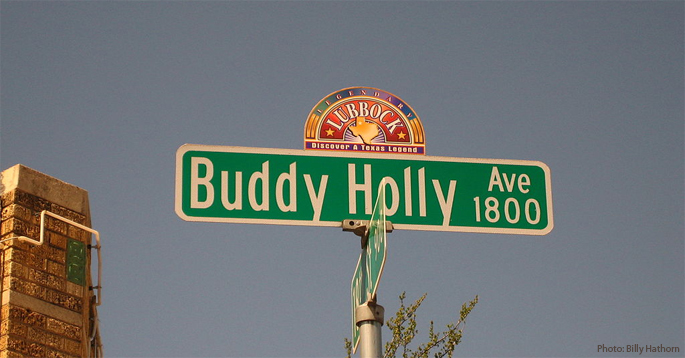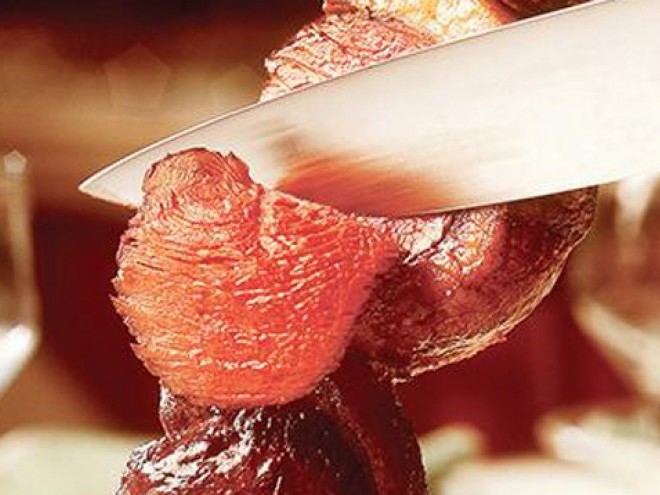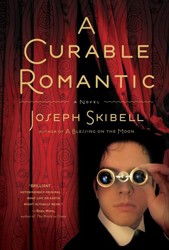The following is a redacted version of My Father’s Guitar and Other Imaginary Things: True Stories author Joseph Skibell original essay for Jewish Book Council. He is blogging here all week as part of the Visiting Scribe series on The ProsenPeople. You can read the full version of the essay here.
I was living at home with my parents, feeling kind of lost. Fresh out of college, I had no idea how to start a literary career. There were no want ads in the newspaper for Young Aspiring Novelists, of course. Somehow, a friend of our family, Maury Kalisky, a doctor who had grown up in Lubbock, like me, but now lived in glamorous San Francisco, got me an assignment with Rolling Stone magazine.
Yes, my first job was with Rolling Stone. The rest of my career has been basically downhill from there.
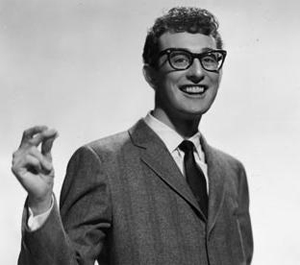 In any case, Rolling Stone wanted a story about how Lubbock remembered Buddy Holly, its most famous and— at that time, at least — most famously neglected son.
In any case, Rolling Stone wanted a story about how Lubbock remembered Buddy Holly, its most famous and— at that time, at least — most famously neglected son.
During the research phase of my article, I spoke to Holly’s father and to his brother Travis, and to Don Caldwell, a local record producer, but no interview was more memorable than the one I conducted with Bill Griggs, the founder and (I suppose self-appointed) president of the Buddy Holly Memorial Society. Wanting to be closer to Holly Ground Zero, he had moved to Lubbock from Hartford, Connecticut, only six months before.
Griggs welcomed me graciously into his small house. He was, as I recall, in his late 30s, a round-face man with long sideburns and a DA, wearing a striped t‑shirt and a leather jacket. As he snapped his chewing gum, he looked like a stranded time-traveler from the 1950s, waiting for the Flux Capacitor to arrive and carry him back home, where he could return to his former life as a juvenile delinquent. Though a family man, Griggs had turned his life over to a similar quest, and at one point, his two small children, a boy and a girl, charged into the room, demanding his attention.
“This is Buddy,” he said, introducing them to me, “and my daughter Holly.”
Buddy and Holly began bouncing on the sofa.
“Here, let’s go into this room,” Griggs said, abandoning the kids to their mother. “It’ll be quieter in there.”
We moved into a room filled with the kind of wooden bins you’d see back then in a record store. These were stuffed with plastic-sheathed albums, each, Griggs told me, played only once — played, it seemed to me, reluctantly once — so the data could be transferred to tape and the vinyl left as pristine as possible. He played me a few rare things, while we talked about his life and how he’d become so interested in Buddy Holly.
Later, we sat on the couch in his living room. He turned on the television set, and we watched old kinescopes of Holly and the Crickets’ two performances on the Ed Sullivan Show. Griggs pointed out how Holly, in the seven weeks between these two appearances, seemed to have transformed himself, Clark Kent-to-Superman-like, from a gawky West Texas teen into a sexy adult rocker, his curly hair straight now, his 4‑H Club farm-boy eyeglasses replaced by the suave Mexican Faiosas. Even his slender frame seemed to have filled out, and the music was less sweet, more aggressive, louder — so loud in fact, Griggs told me, that Holly and Sullivan had argued over the volume.
Unable to prevail upon Holly to turn things down, Sullivan ordered his stagehands to set the sound levels low without informing Holly. If you listen closely, Griggs pointed out, you can hear Sullivan introducing the act as “Buddy Holler and the Crickets,” and if you watch closely, he said, you can see Holly’s spidery fingers, between strums, vainly trying to turn the volume knob of his Stratocaster up.
The piece-de-resistance, though, was a photograph Griggs took from a folder and unwrapped from its protective wrapping. “There are only two copies of this photograph in the entire world,” Griggs said, handing it to me. “This one, right here in Lubbock, Texas, and the other one in London, England.” Griggs didn’t mention the name Paul McCartney, but it seemed to hover in the air. “Take a close look at that,” he said. “You see what that is?”
I looked at the black-and-white photo. Though I saw it only once and more than 30 years ago, I can still conjure up the image in my mind: at its center, an unusually swarthy Elvis Presley is standing in one-eyed profile in a leather sports coat — half trapped quarry, half visiting royalty, he is the very picture of stillness — while a flock of teenagers mobs him from all sides. Among this gaggle of star-struck adolescents, pushing in from the back, his face barely making it into the picture frame, is a gangly teenage Buddy Holly.
“That’s the only photograph of Elvis Presley and Buddy Holly ever together taken,” Griggs told me, “and it was taken right here in Lubbock, Texas, right outside the Fair Park Coliseum.”
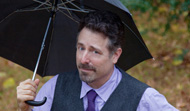 My article never ran. Though I’d subscribed to Rolling Stone my entire adolescence, I was reading too much John McPhee at the time, and I wrote the piece as though it were meant not for Rolling Stone but for the New Yorker. I received a small “kill fee” from my editor and never heard from the magazine again.
My article never ran. Though I’d subscribed to Rolling Stone my entire adolescence, I was reading too much John McPhee at the time, and I wrote the piece as though it were meant not for Rolling Stone but for the New Yorker. I received a small “kill fee” from my editor and never heard from the magazine again.
Over the years, I’ve told this story many times, but when I sat down recently to put it on paper, I couldn’t actually remember Bill Griggs’s name. I found it easily enough, via the Internet. Though I spent only a single afternoon in his company over 30 years ago, Griggs, in the picture I found online, looked exactly as I remembered him, though older, of course, and grey. I found a copy of the supposedly rare-as-the-Holy-Grail photo of Buddy and Elvis at the Fair Park Coliseum. Griggs or maybe the unnamed Englishman must’ve relaxed his grip on this treasure. Though I’d moved some of the figures around in it, my memory of the photograph was fairly accurate. My memory of the Crickets’ two performances on the Ed Sullivan Show, which I watched on YouTube, was scarily accurate. At 26 seconds in, you can see Buddy still fiddling with his volume knob.
Joseph Skibell is the author of three critically-acclaimed novels, A Blessing on the Moon, The English Disease, andA Curable Romantic; a collection of true stories, My Father’s Guitar & Other Imaginary Things; and a forthcoming study of the Talmudic tales, Six Memos from the Last Millennium: A Novelist Reads the Talmud.
Related Content:
- Loneliness and the Novel, Joseph Skibell’s remarks at the 2011 Sami Rohr Prize for Jewish Literature Gala
- Dina Weinstein: Jewish Books Booming in the Heart of Dixie
- Allison Amend: Jews in Odd Places
Joseph Skibell is the critically acclaimed author of A Blessing on the Moon and A Curable Romantic, choice award of the Sami Rohr Prize for Jewish Literature. As director of the Ellmann Lectures at Emory University, he played guitar and sang onstage with Margaret Atwood and Paul Simon. A professor at Emory, he is a Senior Fellow at the Fox Center for Humanistic Inquiry.
